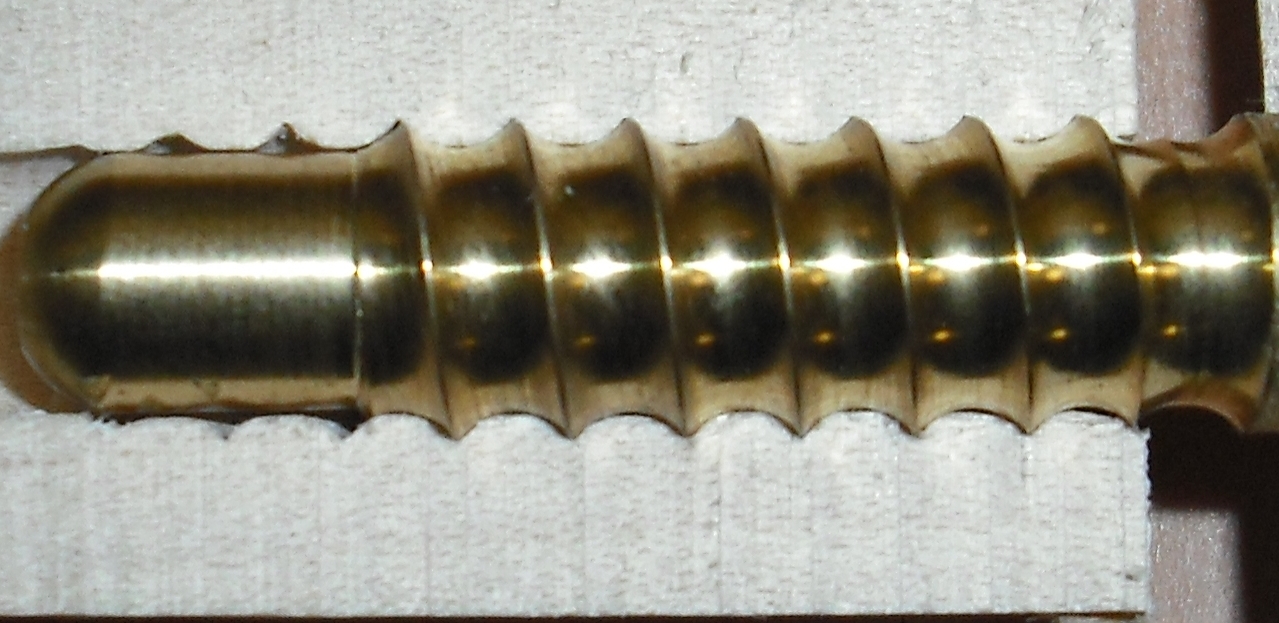I was told today that there is no real difference in a 3/8x10 , 3/8x11, and a Radial pin because they are all the same size going into the butt. Is this true? If it is not, what is the difference?
I play with a 3/8x11 brass, but a cuemaker I am talking with is trying to get me to use a radial pin and I have never played with one.
Thanks for the help.
-Brandon
I play with a 3/8x11 brass, but a cuemaker I am talking with is trying to get me to use a radial pin and I have never played with one.
Thanks for the help.
-Brandon

